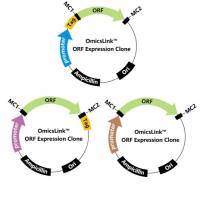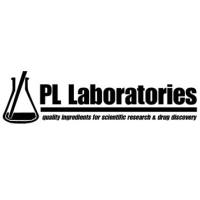Localization and Anchorage of Maternal mRNAs to Cortical Structures of Ascidian Eggs and Embryos Using High Resolution In Situ Hybridization
互联网
互联网
相关产品推荐

EPSTEIN-BARR EARLY MRNAS PROBE-A500P.9900
¥3301

NLRP5 Homo sapiens maternal-antigen-that-embryos-require protein (MATER) mRNA.
询价

CD1a/Cortical thymocyte antigen CD1A Antibody
¥2400

N-Butyldeoxynojirimycin,72599-27-0,film (dried <i>in situ</i>),阿拉丁
¥4326.90

MELK/MELK蛋白Recombinant Human Maternal embryonic leucine zipper kinase (MELK)重组蛋白Maternal embryonic leucine zipper kinase (EC:2.7.11.1);hMELK;Protein kinase Eg3;pEg3 kinase;Protein kinase PK38;hPK38;Tyrosine-protein kinase MELK蛋白
¥1836
推荐阅读
How The Mother Can Help: Studying Maternal Wnt Signaling by Anti-sense-mediated Depletion of Maternal mRNAs and the Host Transfer Technique
Localization of mRNAs in Brain Sections by in situ Hybridization Using Oligonucleotide Probes
Localization of Y-Receptor Subtype mRNAs in Rat Brain by Digoxigenin Labeled In Situ Hybridization

